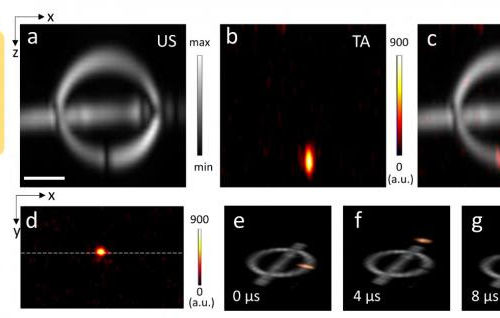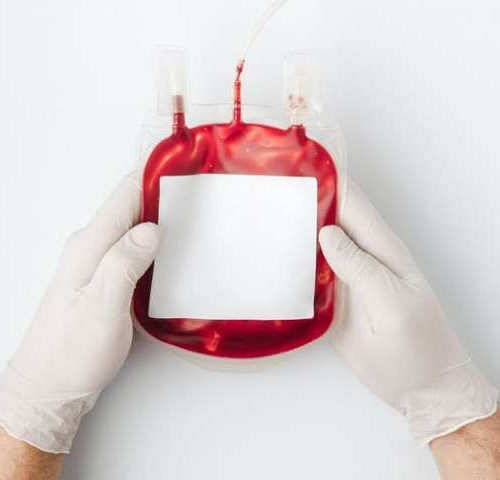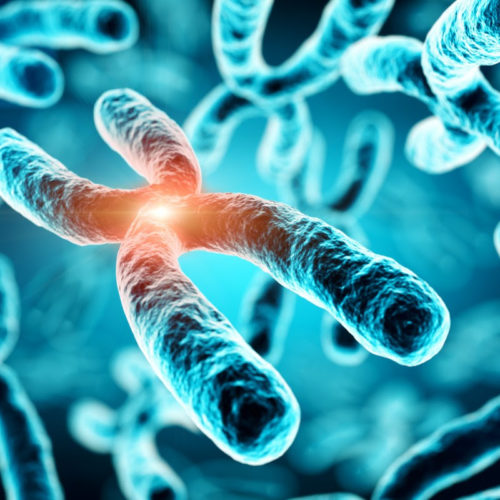Cancer’s knack for developing resistance to chemotherapy has long been a major obstacle to achieving lasting remissions or cures. While tumors may shrink soon after chemotherapy, many times they eventually grow back. Scientists once thought that unique genetic mutations in tumors underlay this drug resistance. But more and more, they are casting their eyes on...
Tag: <span>Plasticity</span>
Hot ring produces microwave-powered ultrasound pulses wirelessly
Innovative wireless split-ring resonator concentrates microwaves into a hot-spot for ultrasound emission SPIE–INTERNATIONAL SOCIETY FOR OPTICS AND PHOTONICS Ultrasound imaging is one of the workhorses in a modern hospital. It hits the trifecta of being relatively cheap, portable, and non-invasive. The ability to cause future parents to get a bit emotional over fetus images is...
Seven things you might not know about blood
by Adam Taylor, The Conversation Blood is fascinating. Many people learn at school that its function is to transport oxygen and nutrients around the body and remove waste products. But blood has many more functions, including defence against pathogens, regulating our temperature, and keeping important internal chemicals and nutrients balanced. Here are some other things...
Study finds ‘volume dial’ for turning neural communication up or down
by Massachusetts Institute of Technology Neuroscientists at MIT’s Picower Institute for Learning and Memory have found that a protein acts like a volume dial for the release of neurotransmitters, the chemicals that neurons release across connections called synapses to stimulate muscles or communicate with other neurons in brain circuits. The findings help explain how synapses...
Molecules identified that reverse cellular aging process
By Nick Lavars Central to a lot of scientific research into aging are tiny caps on the ends of our chromosomes called telomeres. These protective sequences of DNA grow a little shorter each time a cell divides, but by intervening in this process, researchers hope to one day regulate the process of aging and the...
Teabags release ‘billions’ of plastic particles into each cup
By Lois Zoppi, BAReviewed by Kate Anderton, B.Sc. (Editor) The war on plastic is gaining traction worldwide, and a huge number of households are trying to reduce their reliance on plastic. A recent YouGov poll showed that the areas in which people in the UK are trying to reduce their plastic consumption include fresh fruit and vegetables (81 percent), household and cleaning...
Brain plasticity restored in adult mice through targeting specific nerve cell connections
Research in mice led by neuroscientists at Tufts University School of Medicine reveals a new molecular mechanism that is essential for brain maturation and may be used to restore plasticity in aged brains. The study focused on a subtype of inhibitory cell also found in people called Parvalbumin neurons (stained in blue) which exert significant...
Perineuronal Nets: A Mechanism to Control Brain Plasticity
In 1898, Camillo Golgi, an eminent Italian physician and pathologist, published a landmark paper on the structure of “nervous cells.” In addition to the organelle that still bears his name, the Golgi apparatus, he described “a delicate covering” surrounding neurons’ cell bodies and extending along their dendrites. That same year, another Italian researcher, Arturo Donaggio,...



